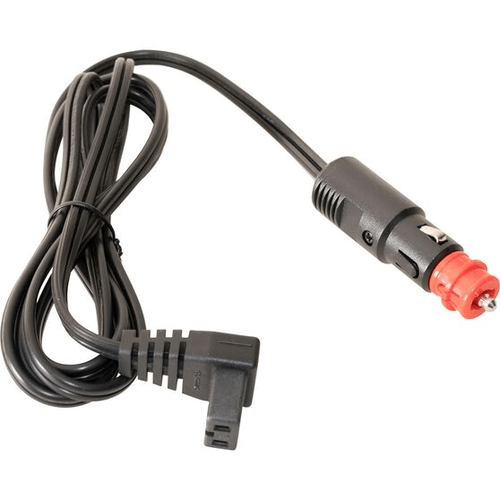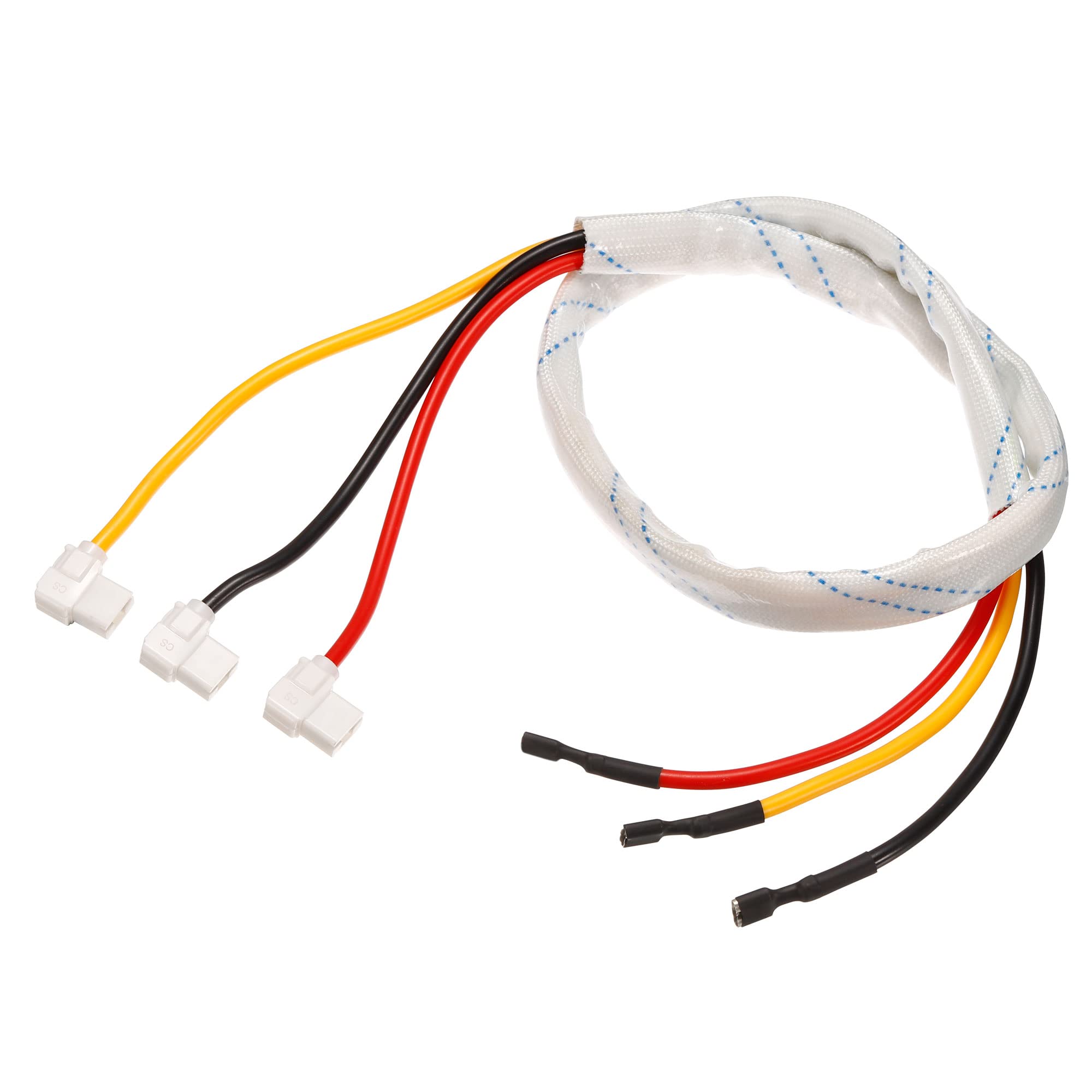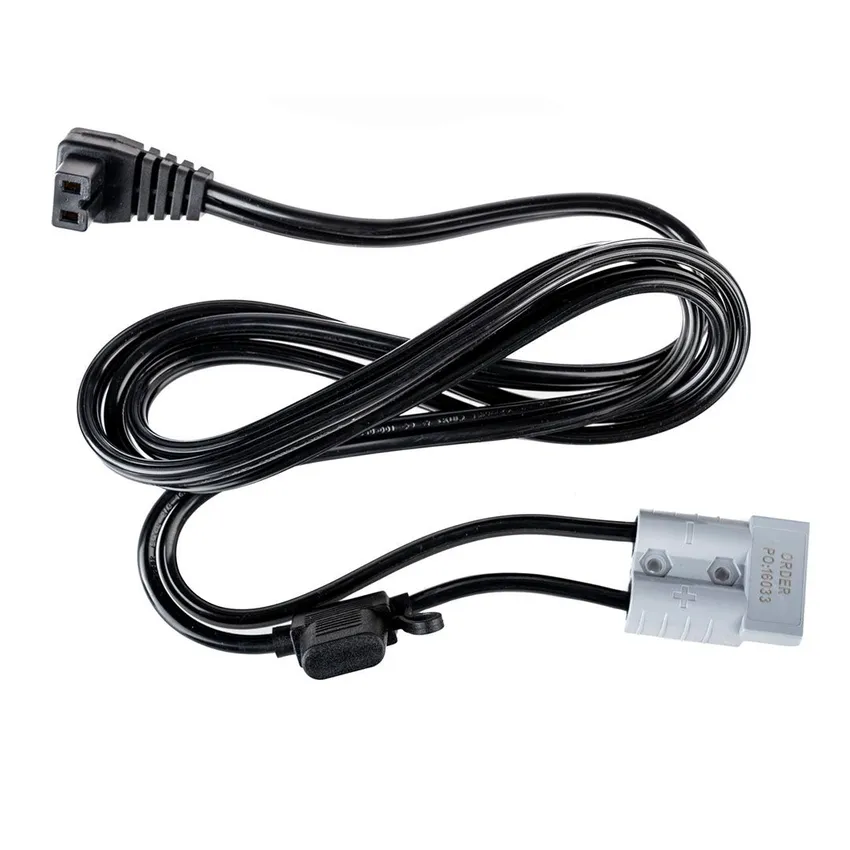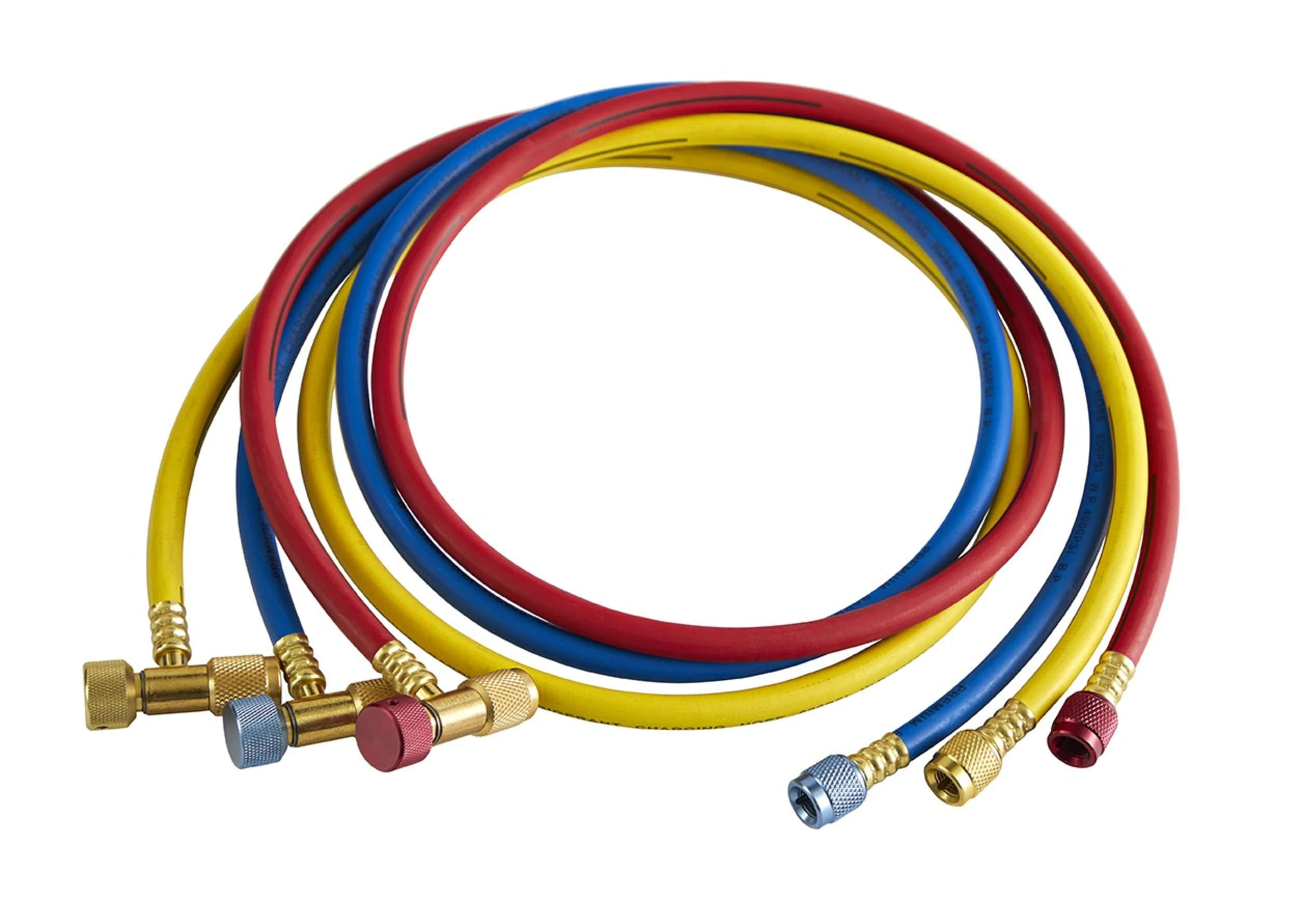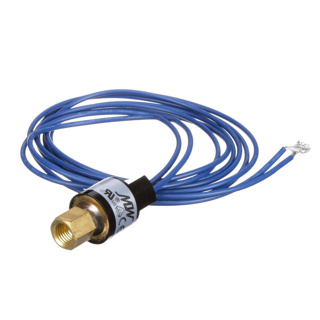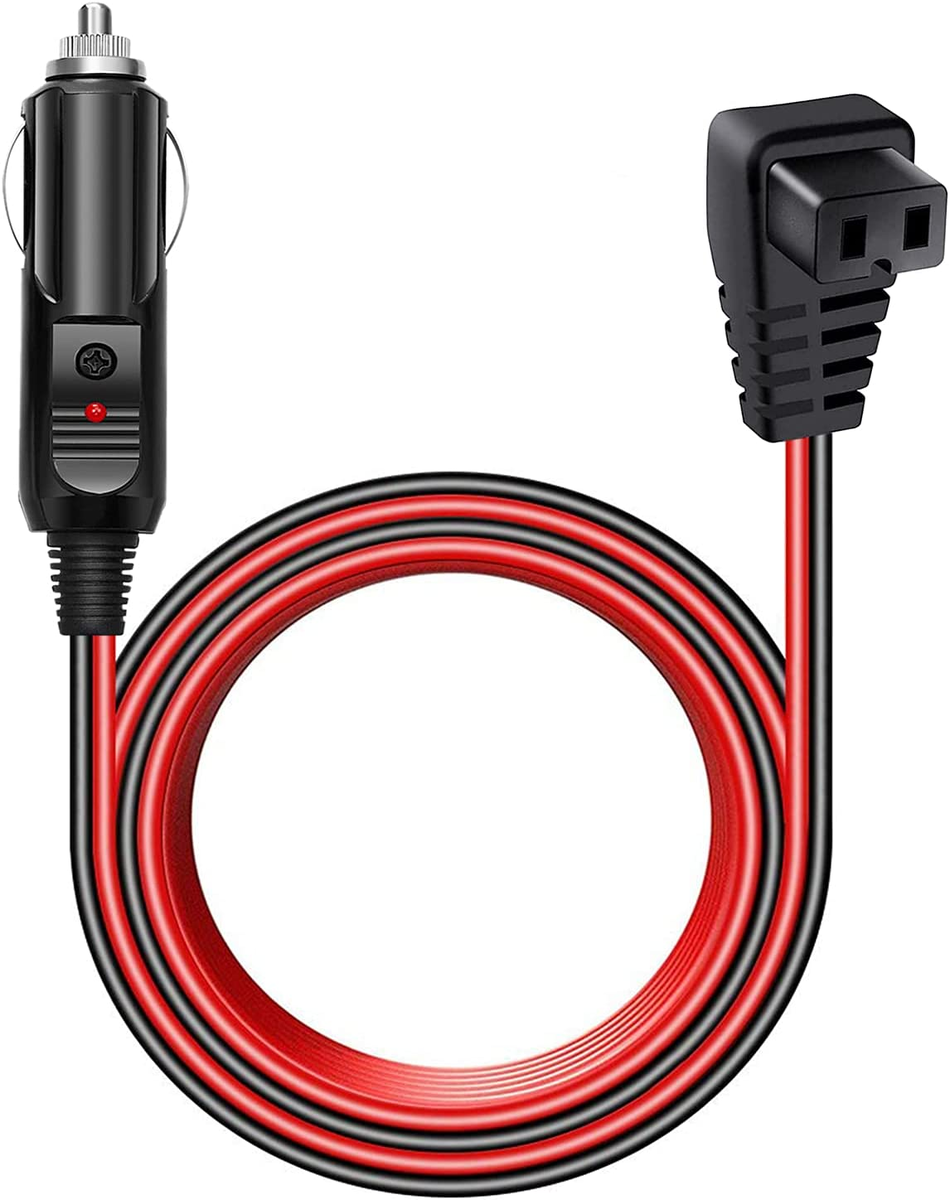Description
Refrigeration cables are specialized electrical components designed to support the operation of refrigeration systems and HVAC units. These cables are engineered to withstand the unique challenges posed by cold environments and fluctuating temperatures, ensuring the reliable transmission of power and control signals. Typically constructed with durable insulation materials, refrigeration cables prevent condensation buildup, which could lead to electrical failures or short circuits. This resilience makes them an essential part of commercial refrigeration applications, as well as in residential systems where efficient cooling is crucial for food preservation and comfort.
In addition to their physical durability, refrigeration cables are often designed with flexibility in mind, allowing for easy installation in confined spaces and around bends. This is particularly beneficial in complex systems where routing may require intricate pathways. The cables are available in various gauges and configurations to suit different capacities and specifications of refrigeration units, ultimately contributing to the efficacy of the entire system. Furthermore, advancements in insulation technology have led to the development of cables that are both energy-efficient and environmentally friendly, aligning with global efforts to reduce carbon footprints.
As the demand for energy-efficient and sustainable refrigeration solutions continues to rise, the role of refrigeration cables becomes increasingly critical. These cables not only support the efficient operation of refrigerants but also play a key part in innovations such as smart refrigeration systems. These advanced setups often incorporate sensors and controls that rely on reliable electrical connections to monitor performance and optimize energy usage. In this context, refrigeration cables are integral to enhancing overall system efficiency, reducing operational costs, and minimizing environmental impacts—making them a vital consideration in both new installations and upgrades of existing refrigeration infrastructure.



